Exercise for Older Adults with Osteoporosis

Exercise not only helps slow the progression of osteoporosis, but also strengthens muscles and bones while reducing the risk of falls. Recommended exercises for older adults include:
1. Weight-bearing exercises
Examples include brisk walking and light jogging, which help strengthen bones and lower the risk of osteoporosis. It is recommended that older adults exercise for 20–30 minutes per day, 3–5 times a week. Jumping or high-impact activities should be avoided, as they may negatively affect the knees, especially in those with osteoarthritis.
2. Light weightlifting
Using light weights, around 3–5 kilograms, helps strengthen muscles and bones. Avoid holding your breath or straining excessively during lifting. Older adults with underlying medical conditions should consult a doctor before starting weight training.

3. Exercises to strengthen back muscles
The spine in older adults is prone to degeneration and collapse due to osteoporosis, which may lead to kyphosis (curved back), chronic back pain, and spinal deformity. Strengthening back muscles helps support the spine, improve bone strength, and reduce back pain.
-
3.1. Upper back muscles: Lie flat with a pillow under the waist, arms at the sides. Lift the head and chest slightly while squeezing the shoulder blades together.

-
3.2. Abdominal muscles: Lie flat with knees bent, arms at the sides. Lift the head slightly while contracting the abdominal muscles.

-
3.3. Lower back muscles: While lying flat, bend one knee and lift the thigh so that it aligns with the torso.

4. Muscle-strengthening exercises
-
4.1. Hip extensor muscles: Stand while holding onto a rail or chair, extend one leg backward 10 times per side.
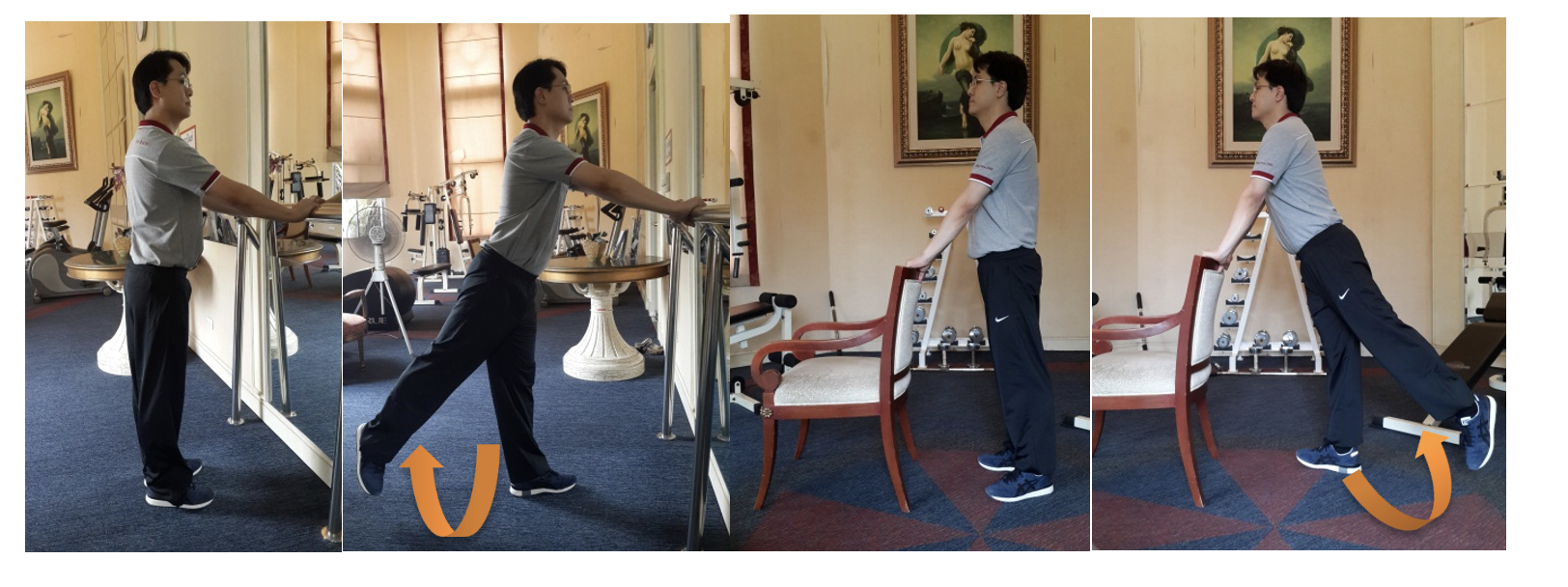
-
4.2. Hip abductor muscles: Stand while holding onto a rail or chair, move one leg outward to the side 10 times per side.
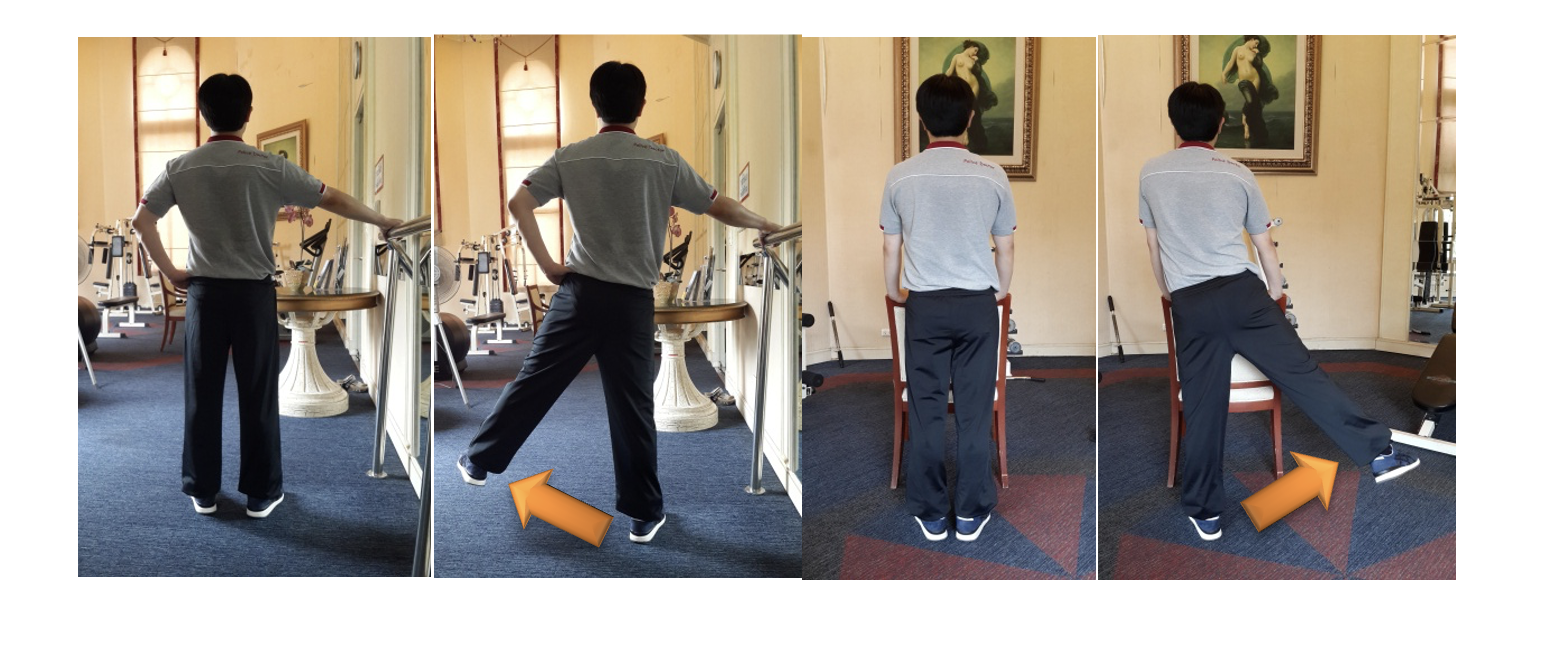
-
4.3. Knee extensor muscles: Sit on a chair with back support, straighten one knee and hold for 10 seconds, then slowly lower. Alternate 10 repetitions per leg.

-
4.4. Calf muscles and Achilles tendon: Alternate standing on the heels 10 times and on the toes 10 times.
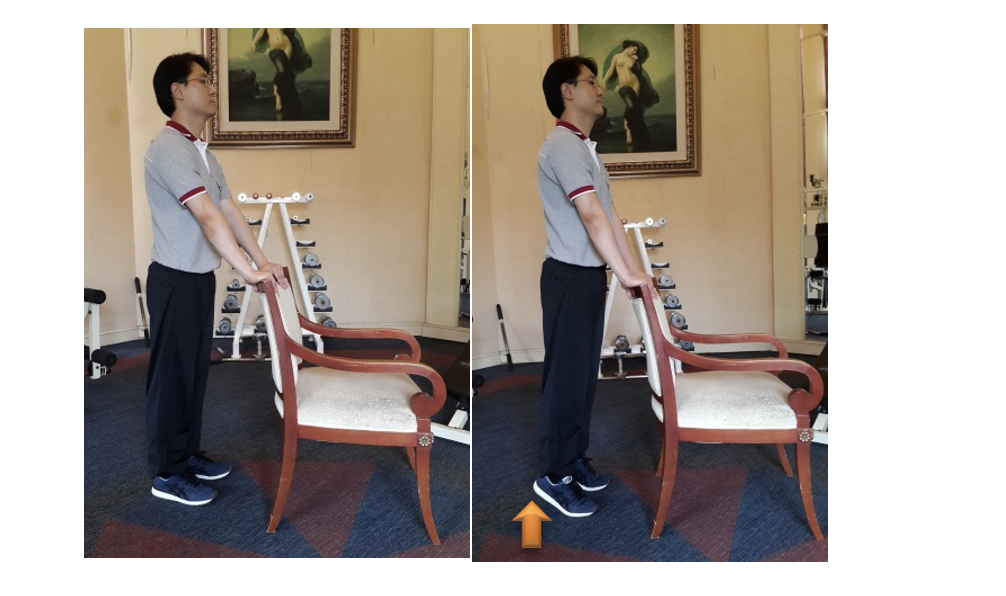
5. Balance-training exercises
These are crucial yet often overlooked. Balance training helps improve stability and reduces the risk of falls.
-
5.1. Standing on one leg for 2 minutes: In the beginning, hold onto a rail or chair for safety to prevent falls.

-
5.2. Sit-to-stand exercise: Sit on a chair with your back straight, arms extended forward, and feet flat on the floor about 1 foot apart. Slowly lean forward and rise to a standing position, then gradually lower yourself back to sitting. Repeat 10–20 times.
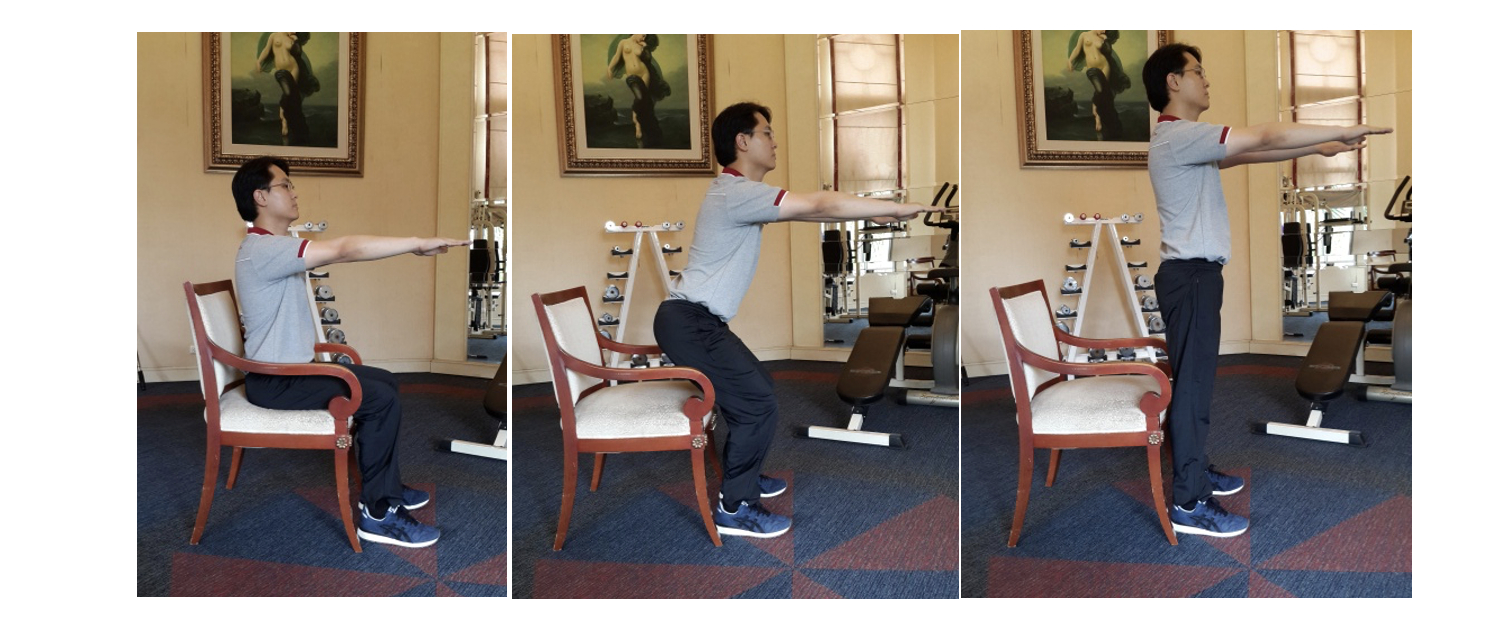
Precautions for Exercise
-
Rest 1–2 minutes between exercises to avoid excessive fatigue.
-
Older adults with rheumatoid arthritis or osteoarthritis should lift weights only within pain-free ranges of motion.
-
If muscle pain occurs, stop exercising until the discomfort subsides.
-
Stop exercising immediately if dizziness, chest pain, or shortness of breath occurs.
-
Avoid exercises that involve excessive spinal flexion, such as bending forward or yoga poses that require rounding the back, as they may worsen osteoporosis-related spinal issues.
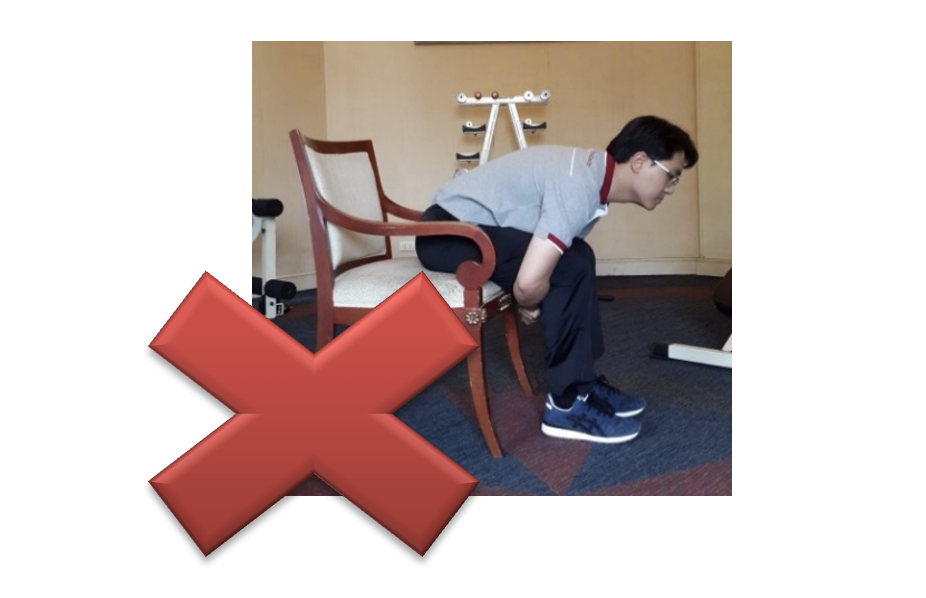
Source: DoctorWat
Note: Translated and compiled by ArokaGO Medical Content Team.
Police General Hospital
Share this article
More Articles
Discover more insights on health care and medical tourism.

What Is Hand Tremor? Understanding the Causes and the Right Ways to Treat It
Hand tremors are a common issue that many people experience in daily life—whether holding a cup of coffee, writing, or using a mobile phone. Noticing your hands shaking can be worrying, but in reality, tremors vary widely in severity and can arise from many different causes, ranging from minor, temporary issues to medical conditions that require proper treatment. This article will help you understand what hand tremors are, the underlying causes, and the correct treatment approaches, so you can take care of your health confidently and effectively.

Assisted Reproductive Technology (IVF / ICSI)
Starting a family is one of life’s most meaningful milestones, yet some couples may require additional support through modern reproductive technologies such as IVF or ICSI. These methods significantly enhance the chances of achieving a safe and successful pregnancy. This guide provides a clear overview of everything you need to know before beginning treatment—from required documents and pre-treatment preparation for both men and women, to each step of the IVF/ICSI process and the timeline involved. With this information, couples can approach their fertility journey with confidence, clarity, and proper medical guidance.

45+ Ageism AI Human Value
Recently, many have heard news about companies refusing to hire people aged 45 and above. This reflects the reality of Ageism age-based discrimination in labor markets both in Thailand and abroad.